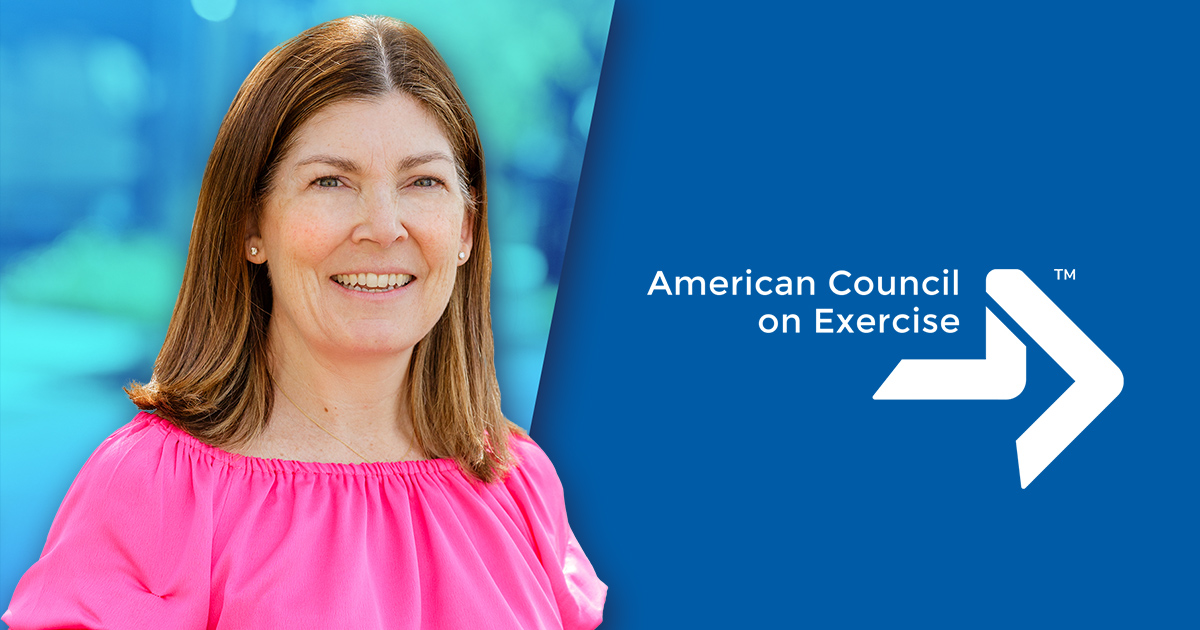The NIRSA Assembly, a forward-thinking leadership group, has focused discussion on the changing demographics and enrollment shifts expected to occur across the nation over the next decade. The Western Interstate Commission for Higher Education (WICHE) has recently published its 9th edition of Knocking at the College Door to inform constituents like higher education administrators, college counselors, and student affairs professionals of the shift in enrollment trends through 2032.
Considering campus recreation provides inclusive programming for campus communities, recreation is recognized as an entity on campuses that will assist in the preparation of these changes. So what are campus recreation professionals around the country doing in their current roles to better prepare their universities and/or departments in anticipation of the emerging enrollment shifts and student demographic changes over the next ten years?
Karina Knutson, Associate Director of Wellness Promotion at the University of North Dakota, suggests being forward thinking rather than reactionary and therefore planning how our campuses, state, and our region will be impacted by the changing demographics. This planning should take place with university administration so it can be reiterated that collegiate recreation professionals are not just simply that—rather they are higher education professionals who work in collegiate recreation.
Laurie Braden, Executive Director at Louisiana State University, suggests how information about student enrollment is shared across her campus. “We work closely with our enrollment management leaders to understand the demographic of our incoming classes as well as the projected class sizes to ensure our budget will be sufficient to provide or cover the programs and facility operation expenses of recreation,” she says. “We maintain annual projects on a scheduled basis to project major facility maintenance.”
Stan Shingles, Assistant Vice President at Central Michigan University, explains the plan CMU has implemented keeping the changing demographics in mind. “Central Michigan University has created a new strategic plan—Advancing Excellence 2017-2022—with a focus on the changing student demographics and enrollment shifts,” he explains. “With student success as the number one imperative, focus is shifting to direct services, customize experiences, and improve outcomes for students. This translates to a focus on “graduation rates, assessment and evaluation, preferred major choices, career placement. With the declining population of high school students in the state of Michigan, CMU is broadening its reach to successfully attract out of state students, international students, and transfer students.”
While some universities across the country will experience a significant decrease in enrollment, others will not plan for fewer students. Instead, they will experience a shift in the demographics of their student population.
“In my current role, this is an ongoing portion of my work as we address issues, develop and review programs and services, prepare budget justifications, and think about the spaces, facilities, and built environment,” says Mick Deluca, Assistant Vice Chancellor at UCLA, speaking about his experience with the changes that are expected for the next decade. “There is and will clearly be a significant shift and diversification of the student population. This will include racial and ethnic makeup, faith traditions, gender, and age. Additionally, and though we may not see it in California, there will be a drop in the college age population as birthrates in some populations and some parts of the country have gone down. This could have grave consequences for some types of institutions. All of this will result in new strategies and focus on recruitment and retention.”
He goes on to say that “the concept of immigration will also be front and center. The new data shows more people will move into the United States from the Los Angeles corridor and the Southwest than came through Ellis Island. You can begin to see this in the dramatic ethnic shifts of school age children under the age of 18, which will reflect the makeup of the future college population.”
Mick says, “The other planning point to share is intersectionality. Current and future college students will not live in one box on their college application. Race, ethnicity, gender fluidity, faith and pluralism, socioeconomic background, brought up in urban and rural environments, city, state, nation mobility will all drive the needs and interests of future college students. With this said, start with the people, value their unique backgrounds and stories, understand their needs, and then align your services and design your spaces to meet their needs.”
Let’s keep in mind that the concepts of changing demographics and shifts in enrollment are not new to higher education professionals who work in admissions, financial aid, housing, auxiliary services, development, and the like. Therefore, it’s necessary to break down the silos and allow professionals across campus to brainstorm together and identify the reality of these changes. Will resources become scarce or limited? As our student population changes, do sources of funding change? How might we work together to become a team that works towards ensuring our campuses sustain such a change while still providing first class education and co-curricular activities?
Undergraduate student demographic and enrollment shifts will occur over the next ten years. It’s imperative that universities across the United States have a plan moving forward and that plan include the opportunities campus recreation has to offer. The NIRSA Assembly challenges campus recreation professionals at all levels, no matter the role or the amount of experience, to become aware of the enrollment shifts in their regions and to bring new ideas or develop strategic initiatives to their university leaders.
The time is now for professionals to envision campus recreation’s impact beyond the next two to three years in an effort to position themselves as dynamic, forward-thinking leaders in higher education.
For continued education related to this topic, the following resources are available:
- For more information, please contact NIRSA Assembly member Wes Bonadio.
Wes Bonadio is currently the Associate Director, Programs at Ohio University. Allie Bogard is currently the Coordinator of Clubs, Intramurals, & Camps at Montana State University. Laurie Braden is currently the Executive Director at Louisiana State University. Jessica Kiss is currently an instructor at Bowling Green State University. Karina Knutson is currently the Associate Director of Wellness Promotion at the University of North Dakota. Devon Rembert is currently the Assistant Director – Facilities at Temple University. Coulson Thomas is currently the Associate Director-Operations at Old Dominion University.







